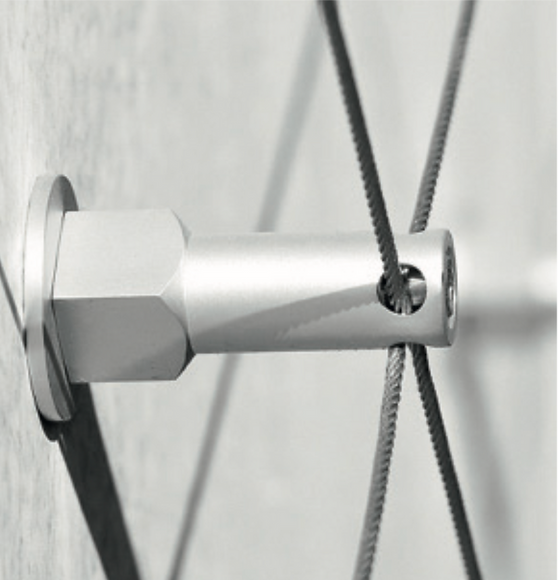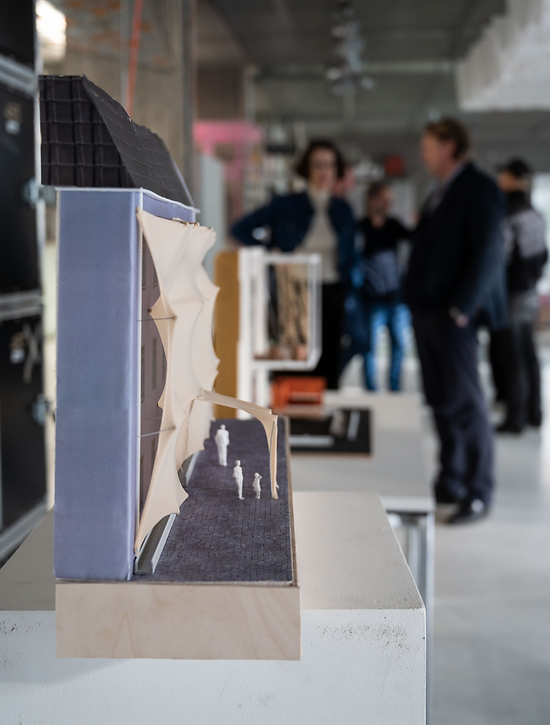Planket
Architecture| Design Draft 1.0

Planket is a green installation for facades. It acts as a green eco-friendly blanket, that protects not only the façade but also the environment. It provides weather protection from harsh rain and snow, creates a sound barrier from outdoor noise pollution and also maintains the temperature of the building (warm during winter and cold during summer). For the environment, it helps reduce carbon dioxide emissions, creates healthier cities and cleaner air. Lastly, it creates an aesthetically pleasing look with the organic shapes created by the mesh which are then followed by the plants. Allowing the geometric accustomed architecture to be dissolved smoothly into the organic plant structure. It consists of planters at the bottom of the building that allow the plants to grow upwards and grasp onto the mesh. The planters are connected to drain pipes from the roof of the building. Excess rainwater is collected and stored in the in between basins to be used for drier days.



The final shape was created by three modules numbered 1, 2 and 3. the modules are patterned 1, 2, 3, 1 and then mirrored so 1, 3, 2, 1. These modules are created by short and long pylons when combined create 4 different ‘window frames’ and cables that support and give structure to the mesh. An additional module could be added if the building was at the corner of the street in oder to create a more seamless look. It would consist of all long pylons in order to allow the cable to go around the building. The modules were designed by the existing structure of the building. I created a frame representing the existing form of the building. There are vertical and horizontal cables that create the border. In order to create this protruding shape, I focused on the ‘z-axis’ and tweaked with the lengths of the supporting pylons.

Taking a closer look at the components needed to connect the structure onto the building, these are the components needed. These are the pylons where the cables are held. The lengths of these pylons are 10 and 60cm. Therefore, keeping the mesh close to the building for protection of the facade and maintenance of temperature. But not too close for the residents to feel trapped. The cables can pass through and help support the mesh. Since there is a lot of tension on the pylons extra cable tensioners are attached on the building at the ends so as to release some of that tension from the pylons so they to not bend.


pictures from Carl Stahl website

Looking at the connection of the mesh onto the cables; the mesh would rap around the cable creating this seamless look. Cable diameter would be 12 mm. And lastly regarding the mesh width it would be 200mm in order for the residents to have a clear view without the feeling of being gated and also allowing the plants to grow without being too dense.
pictures from Carl Stahl website

According to the plant growth. There would be troughs at the bottom of the building where the plants would grow up and climb on to the cables in the beginning and then be guided by the mesh in order to create the curved organic shape. The troughs are connected to the drainage system from the top of the building, in order to collect and store excess rainwater which can be used in drier/warmer days.


